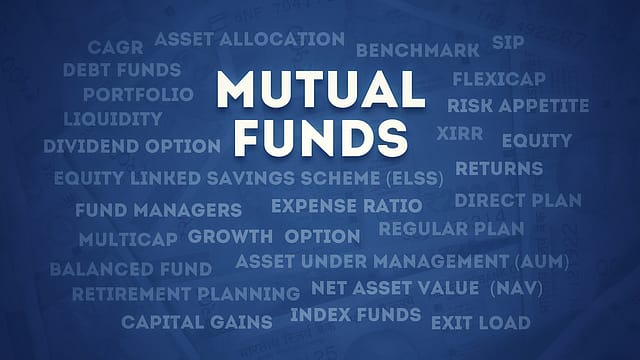Fortune India Explainer: What Sebi’s proposal to revamp mutual fund expense ratios means for AMCs and investors
ADVERTISEMENT

The Securities and Exchange Board of India (Sebi) has released a comprehensive consultation paper proposing major changes to how mutual fund expenses are calculated and charged to investors. The regulator proposes to remove statutory levies such as Securities Transaction Tax (STT), Goods and Services Tax (GST), Commodity Transaction Tax (CTT), and stamp duty to simplify regulations, improve transparency, and ensure that investors fully benefit from the economies of scale enjoyed by large fund houses.
Reacting to the news, shares of asset management companies (AMCs) fell by up to 7% in intraday trade on Tuesday, as analysts believe it could potentially hit the profitability of mutual fund operators. Sectoral leaders such as HDFC AMC, Motilal Oswal Financial Services , Nippon Asset Management, UTI AMC , Aditya Birla Sun Life Insurance , and Canara Robeco AMC declined in the range of 3–7%.
Meanwhile, the equity benchmarks, the Sensex and the Nifty, were marginally up by around 0.1% each at the time of reporting.
Here’s what Sebi’s consultation paper on mutual fund regulations proposes:
Rethink on Total Expense Ratio (TER)
The key proposal revolves around the total expense ratio (TER)—the annual cost that mutual funds charge investors, including management fees, distribution costs, and operational expenses. Sebi has proposed to exclude statutory levies such as STT, GST, CTT, and stamp duty.
December 2025
The annual Fortune 500 India list, the definitive compendium of corporate performance, is out. This year, the cumulative revenue of the Fortune 500 India companies has breached $2 trillion for the first time. Plus, find out which are the Best B-schools in India.
The regulator has proposed that these charges would no longer be counted within TER limits, but would instead be added over and above. This ensures that any future changes in these government-imposed taxes don’t distort the expense ratio or mislead investors about true fund costs.
Rationalisation of expense ratio slabs
To compensate for the exclusion of statutory levies, Sebi has proposed a slight upward revision (by 5 basis points) in the first two TER slabs for open-ended active schemes. The regulator has also sought to remove the additional 5 bps expense that AMCs were previously allowed to charge for schemes where an exit load is levied—a transitory provision from earlier years.
Stricter limits on brokerage and transaction costs
Currently, AMCs can charge brokerage and transaction costs of up to 0.12% for equity trades and 0.05% for derivatives. Sebi now proposes to cap these at just 0.02% (2 bps) for cash market trades and 0.01% (1 bp) for derivatives.
The regulator found that in many cases, investors were indirectly paying twice for research—once via fund management fees and again via bundled brokerage costs. The revision aims to separate research from execution, reducing double-charging.
Clearer disclosure norms for investors
The paper mandates clearer and more comprehensive disclosures of Total Expense Ratio, breaking down all cost components—such as management fees, brokerage, regulatory charges, and statutory levies—to give investors full visibility into where their money goes.
Voluntary differential expense ratio
Sebi has also introduced the concept of a “performance-linked” expense ratio, allowing AMCs to voluntarily charge based on a fund’s performance. The framework for this will be developed later in consultation with stakeholders.
What this means for AMCs
The proposals come as Sebi seeks to make the ₹75 lakh crore mutual fund industry more transparent and investor-friendly. Over time, expense structures have become complex, making it difficult for investors to assess true costs. The new framework simplifies this—separating operational costs from government levies, tightening controls on brokerage and commissions, and enhancing disclosure standards.
If implemented, Sebi’s proposed changes could make mutual fund cost structures more transparent but less lucrative for AMCs.
Will the proposed changes hit AMC earnings?
According to global brokerage Jefferies, the proposed changes could significantly reshape India’s mutual funds industry, posing challenges to AMC profitability and potentially changing competitive dynamics. The brokerage estimates that the new framework could reduce profit before tax (PBT) by about 30–33% for leading players such as HDFC AMC and Nippon AMC by FY27.
(DISCLAIMER: The views and opinions expressed by investment experts on fortuneindia.com are either their own or of their organisations, but not necessarily that of fortuneindia.com and its editorial team. Readers are advised to consult certified experts before taking investment decisions.)
